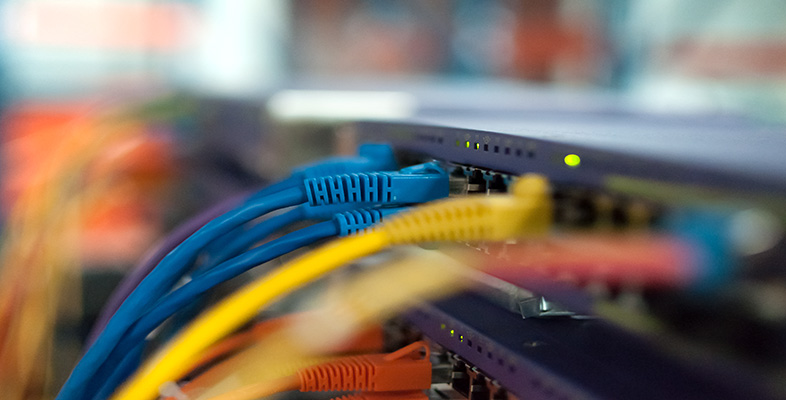2.2 What are signals?
To convey data from one point to another we need to represent the data by means of a signal. We can think of a signal as a deliberate variation in some property of the medium used to convey the data. Some examples are:
-
an electrical voltage travelling along copper wires between your telephone and the local exchange;
-
pulses of light (though we might not be able to see them) in a fibre-optic cable;
-
the radio emissions that are picked up by a mobile telephone or radio receiver.
All these can provide the necessary variations to represent the data. In the first example we can relate the changes in voltage to changes in electrical energy. With the other examples – light and radio waves – we need to think in terms of waves of energy, usually referred to as electromagnetic radiation. Electromagnetic radiation is caused by changes in electrical and magnetic fields. Electromagnetic radiation can support signals even when there is no physical medium (such as a cable) involved.
